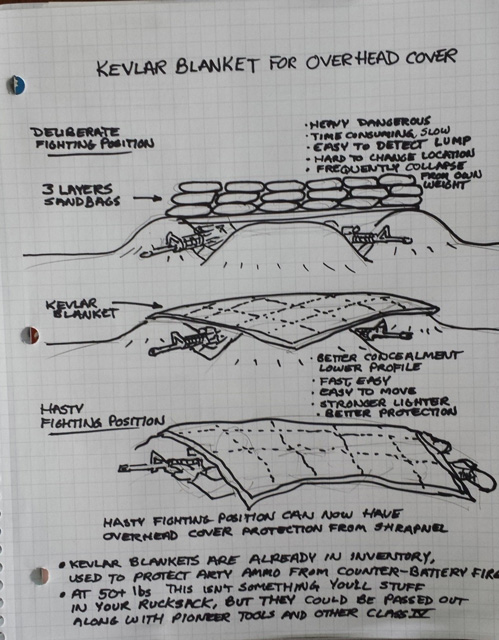We’ve already covered the army’s Rapid Equipping Force (REF), mobile fablabs that the military can use to 3D print mission critical parts in the heat of warfare. The REF has taken the Maker spirit one step further, announcing a crowdsourcing website, called Army CoCreate, where anyone can identify problems facing the Army, design a prototype solution and upload it. Then, the REF plans to hold two week-long Make-a-Thon workshops, during which soldiers[1] from the Maneuver Center of Excellence (MCoE) Capabilities Development and Integration Directorate (CDID) will 3D print and assemble the prototypes on the spot using the REF’s mobile labs.

ArmyCoCreate is broken up into four parts:
- The problems page is used to identify obstacles faced by soldiers. The community votes on a problem that needs to be addressed. The one with the most votes becomes the main project tackled at the Make-a-Thons.
- The solutions page of the site is focused on solutions pitched from the public, which don’t have to relate directly to the problems identified in the first page.
- On the projects page, still in development, a project will be selected based on the wishes of the community. “Moderators will post detailed Soldier challenge information such as the size, weight, power, operation and endurance guidelines.” Community members can contribute to the aspect of the project they’re most interested in, discussing design ideas, etc. in the forums.
- Finally, the project will be executed in two weeklong Make-a-Thons to occur December 9-13, 2013 and January 13-16, 2014.
The Make-a-Thons are meant to demonstrate the ability of the REF to receive digital blueprints and make them a reality at “a forward location”, which is army talk for a small, US base in a sovereign nation, such as Camp Lemonnier[2] in Djibouti.

It’s strange to think that the US Military is using an open source, crowd source platform for developing new ideas. Shane pointed out in an email to Rachel and I that a non-profit based outside of DC had already been pursuing open source 3D printing for the military. The Center for a New American Security’s Technology and Security program hopes to push ideas surrounding open source design for use in the Department of Defense, believing that open source can mean quicker iterations and evolution. I believe that Shane is working on writing something related to that topic, so I won’t step on his toes too much. In my opinion though, if the army starts going to its civilians for designs, this means that we might actually (but probably don’t) have a say in what the US military does.
Buckminster Fuller once said in Critical Path (1981), “It is now highly feasible to take care of everybody on Earth at a higher standard of living than any have ever known. It no longer has to be you or me. Selfishness is unnecessary. War is obsolete. It is a matter of converting the high technology from weaponry to livingry.” I think that if we flood the AmericaCoCreat site with livingry ideas, the Army might be forced to build only peaceful prototypes. For instance, we could submit ideas that would make up for destroyed infrastructure from the result of a US invasion, like water filtration systems, or ideas for how to help the civilian populations of occupied areas, like 3D printed prostheses. We do have to keep the solutions “Soldier-focused”, though, so we might want to consider prototyping solutions for PTSD, as the soldier suicide rate is up to 22 deaths a day. Or, we could bypass all of the problems faced by soldiers on a regular basis by replacing war with peaceful cooperation. On the other hand, I guess we could just keep throwing toys to young men who struggle to survive in the military’s Make(War)-a-Thons.
Source: REF
[1] For some reason the REF keeps capitalizing “Soldier” in their press release, perhaps trying to establish the Soldier as a part of their product line.
[2] A Washington Post report described this base in the following way: “Camp Lemonnier is the centerpiece of an expanding constellation of half a dozen U.S. drone and surveillance bases in Africa, created to combat a new generation of terrorist groups across the continent, from Mali to Libya to the Central African Republic.”


